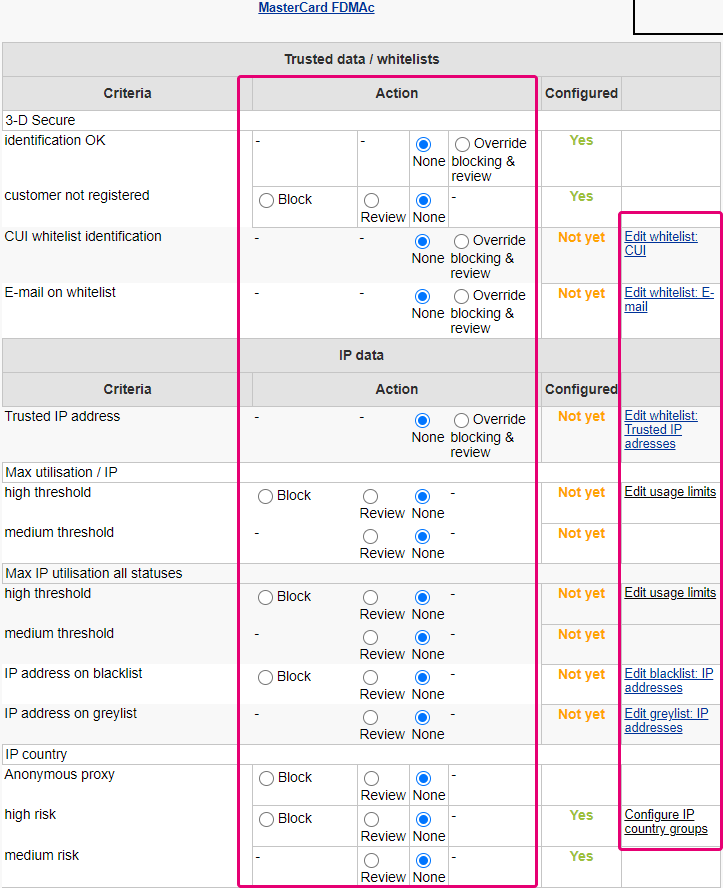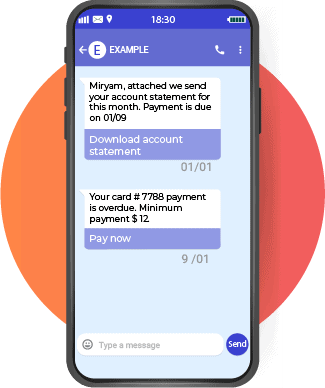Recommended Facts On Picking Credit Card Apps
Wiki Article
What Constitutes A "Suspicious" Act And Can Result In A Credit-Card Being Blacklisted?
Many of these actions and behaviors could trigger flags of red or be considered suspicious by the card issuer. This may lead to the card being canceled or flagged. Some examples are: Unusual patterns of spending
A sudden large transaction or an increase in spending compared to the typical spending habits of a cardholder could raise suspicion.
Unrecognized Transactions
Any unauthorized or unfamiliar transactions on the statement of your card that the cardholder did not authorize or approve may be a sign of fraud.
Multiple declined transactions
A pattern of multiple declined or failed transactions within a short time period, particularly if the cardholder has a good overall transaction history could indicate an issue.
Geographic Anomalies
If you see transactions coming from places far from your usual shopping areas or multiple transactions in a very short time span in different locations, this can raise suspicion.
Abnormal Purchase Types-
There is a way to flag suspicious purchases. This includes high-value purchases which aren't in line with the usual spending habits.
Uncommon Online Behavior
Unexpected online activity, such as numerous failed login attempts, altering information on your account or making suspicious login attempts could indicate possible an unauthorized access.
Unusual Card Use-
Instances where a card is used in a way that is not its normal usage pattern, such as suddenly being used to make international payments in the past, when it's typically employed locally, may be seen as suspicious.
Unexpected Cash Advances and Transfers
The cardholder could be alerted when there are significant cash advances, transfers or other transactions uncommon for their spending habits.
Frequent Card-Not Present Transactions
If you notice a sudden rise in the number of purchases you make online or by phone (with no card present) with no prior experience, it could be cause for concern.
Issues relating to Identity Verification
Particularly in situations of further verification, it may be suspect if you're having difficulties verifying the identity of your cardholder when you make a purchase.
These types of actions can trigger fraud detection systems and monitoring mechanisms within the card issuer, which could cause them to examine, stop the card temporarily, or verify the legitimacy of transactions.
What Is The Meaning Of My Credit Card To Be Listed On Blacklists?
The card is restricted to certain transactions and usage until the issue is fixed by the cardholder or card issuer. There are numerous reasons why a credit card may be put on blacklist.
The card can be blocked to protect yourself is a possibility if there are suspicions of fraud.
Security Issues. If evidence suggests possible vulnerability, such as an unauthorised access or a breach of data that involves the card details and/or unusual spending patterns, the card will be marked as suspicious.
Identity Verification Problems- Issues with verifying the identity of the cardholder during transactions can result in the temporary blocking of the card especially in cases where additional confirmation is required.
Card that was lost or stolen - The card issuer can disable the card if the cardholder declares it lost or stolen. This prevents unauthorised use of the cards until a replacement card arrives.
Suspicious Activities Indicators - Any behavior or activity which is linked to the card and could raise suspicion can trigger immediately a block. For instance, several declined transactions, geographic anomalies, or unusual spending patterns.
A card that is listed on the blacklist may limit the cardholder's ability to obtain credit or make purchases with the card. This could be until the issuer has confirmed the authenticity of the account or addresses any concerns regarding security or fraud. It is crucial that the user to contact the issuer of the card quickly to resolve any issues, confirm the validity of transactions, and resolve any security concerns.

Cybersecurity Experts Detect And Monitor Cyber Threats Such As Stolen Credit Cards.
Security experts employ a variety of techniques, tools or methods to track, detect and identify cyber-attacks. This includes compromised credit cards information. Some of these strategies and practices are: Threat Intelligence Gathering
To stay current on threats and vulnerabilities, it's vital to collect information from various sources. These include forums as well as threat feeds, tools for monitoring the dark web and security advisory services.
Monitoring of Networks and Intrusion Detection
Use software designed for monitoring network traffic, and detect anomalies and suspicious activity which could be a sign of unauthorised access or data breaches.
Assessment of vulnerability and Penetration Testing
Conducting regular checks to detect weaknesses in systems, applications or networks. Penetration tests simulate attacks on an organisation to discover weaknesses and evaluate its security position.
Security Information and Event Management System (SIEM),
Implementing SIEMs to analyse and consolidate log data (from firewalls, applications, and servers) to identify or track security incidents, as well as respond immediately to security incidents.
Behavioral Analytics-
Conducting behavior analysis to spot anomalous patterns or deviations of normal user behavior within networks and systems that may indicate a breach.
Threat Hunting
Monitoring for indicators of suspicious or threatening activities within the organization's network analyzing logs, traffic, and system data to uncover potential threats that may have been able to bypass conventional security measures.
Endpoint Security Solutions
Utilize endpoint security (such anti-malware software as well as endpoint detection and response tools and others.) to safeguard endpoints and individual devices from malicious activities.
Data Security and encryption
Secure sensitive data, such as credit card information in transit and at rest.
Incident response and Forensics
To be able to respond swiftly to security breaches It is essential to establish and implement a plan for incident response. Conducting forensic analyses to analyze security breaches and determine the consequences and causes.
Cybersecurity experts blend their knowledge with a thorough understanding of cyber-threats, regulations, and best practice to detect, reduce the threat, prevent, and respond to cyber-threats, such as ones that require credit card information. In order to maintain an effective defense against cyber threats, it is important to keep a constantly monitored system as well as a threat intelligence system and a proactive security posture. Take a look at the recommended savastan0 login for site advice.
